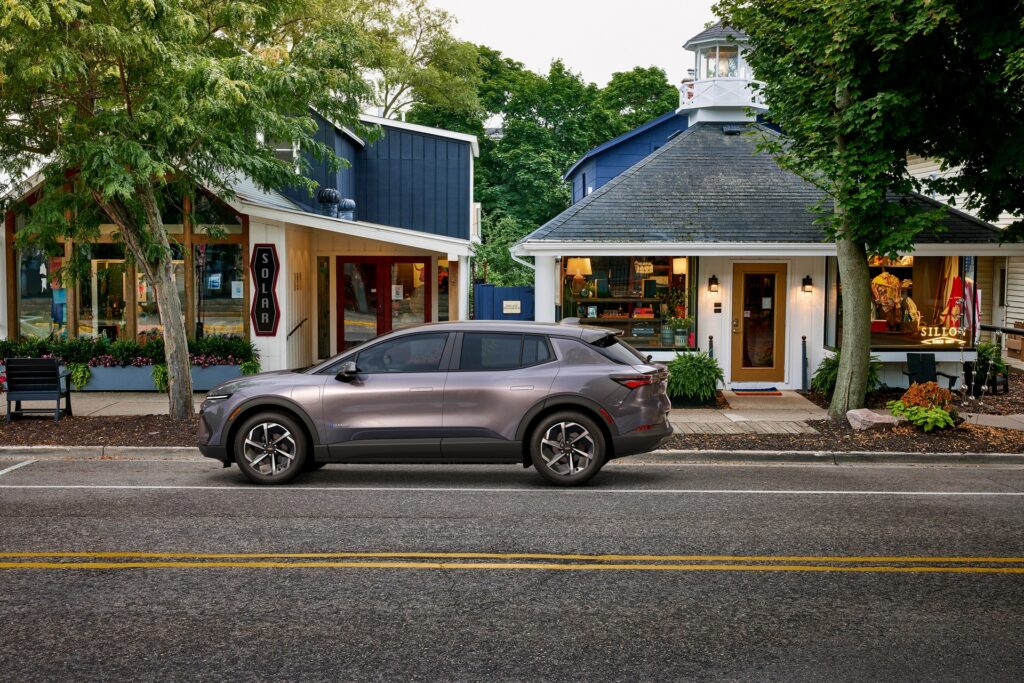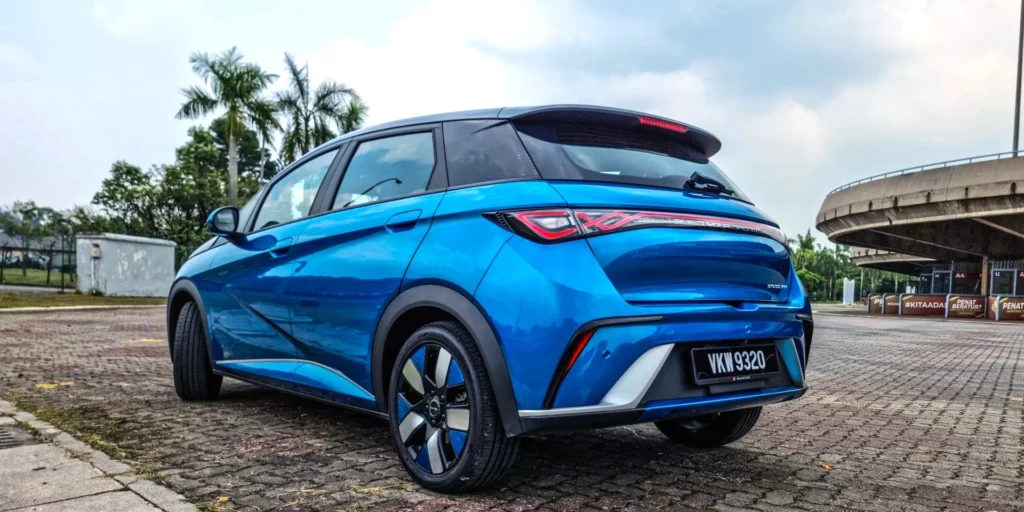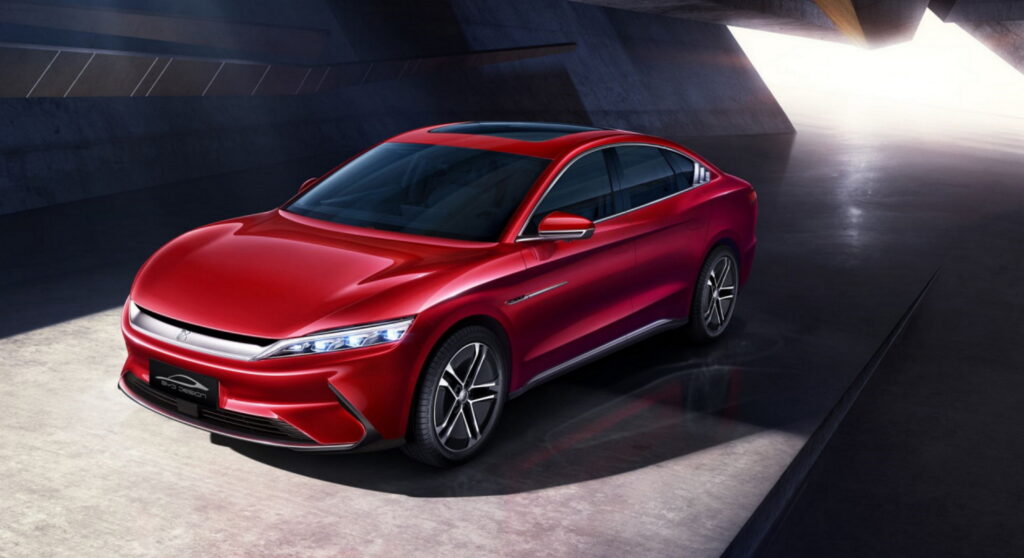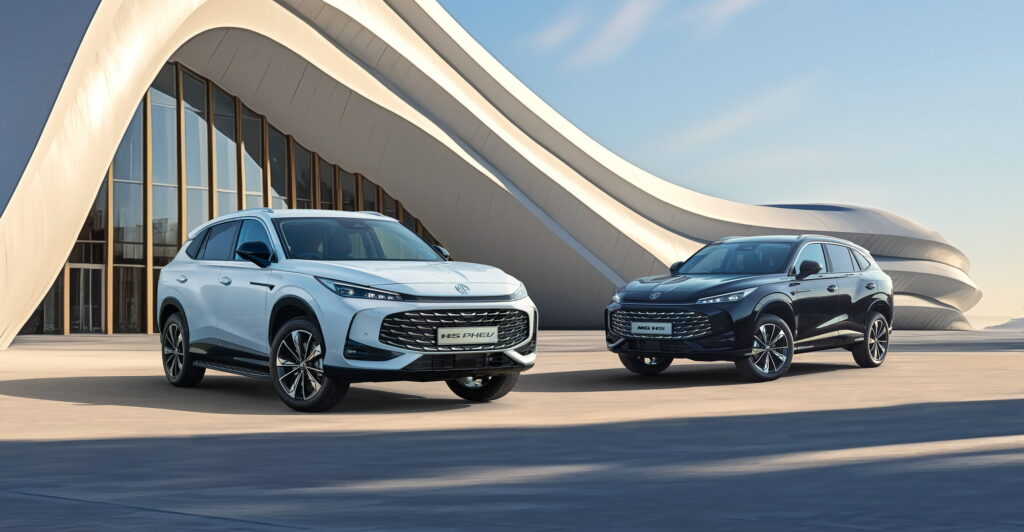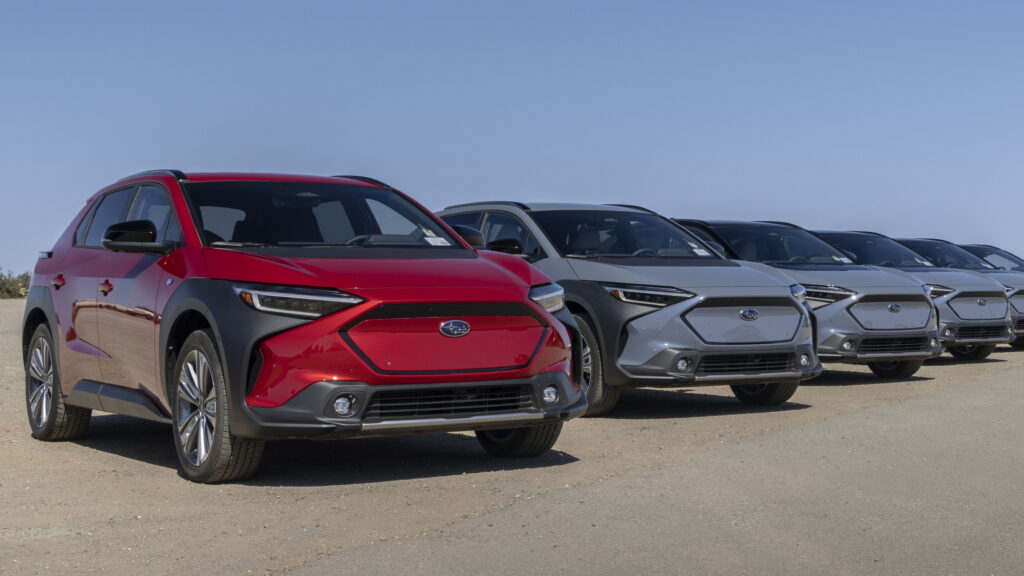Porsche’s Electric Crossover Just Got A Lot More Fun
- The 2026 Porsche Macan Electric has been unveiled with a number of tech-focused updates.
- Buyers will find AI-enhanced Voice Pilot, digital key technology, and automated driving features.
- The crossover also has an increased towing capacity as well as AirConsole gaming.
The Porsche Macan Electric is getting even better for 2026 as the company has announced a host of upgrades. These include new features, AI integration, and an increased towing capacity.
While the updates are a bit scattershot, the Macan Electric is embracing digital key technology. This will enable iPhone and Android users to automatically unlock and start their vehicle, while leaving their phone in a pocket or purse. This is possible thanks to the use of Near Field Communication (NFC), Bluetooth Low Energy (BLE), and Ultra-Wideband (UWB) connectivity, and Apple Watch users can also get in on the action.
More: Porsche Macan EV Arrives From $79k, Turbo Is Quicker Than A 911 GT3
The technology also allows owners to easily ‘share’ keys with up to seven other users. Owners can determine if these users can simply access the vehicle or drive it.
New Automated Driving Features
Speaking of driving, the optional 3D Surround View system with Active Parking Support gains several new features including a Transparent Hood view. More interestingly, there’s a new Trained Parking function that enables owners to record individual parking routines such as pulling into a garage. After ‘learning’ the routine, the crossover can automatically perform it time and time again.

Another new addition is Reversing Assist, which allows the Macan to automatically reverse along a route it has previously driven forwards. The crossover remembers up to 160 feet (48.8 meters) and Porsche said this is useful for backing up in tight situations.
Sticking with the tech theme, the Porsche Charging Planner has been “optimized” and now allows owners to prioritize individual charging stations and providers. This implies customers could set up the system to favor Electrify America stations over rivals.
AirConsole Gaming
When you’re waiting for a charge or simply killing time, you can play games with the new AirConsole, which is accessible via the Porsche App Center. Smartphones can be used as controllers and games are typically played on the central infotainment system when parked. However, the optional front passenger display can also be used to play games when the vehicle is in motion and drivers shouldn’t be distracted due to Porsche’s integrated screen privacy feature.
AirConsole said owners can expect an assortment of “short-session, casual games optimized for the in-car environment” ranging from racing and trivia games to those involving sports. Among the more popular options are UNO and Who Wants to Be a Millionaire?
AI And Improved Towing Capacities
If you’re not in the mood to play, you can talk to your crossover via Voice Pilot. It promises to be smarter than ever before thanks to the integration of artificial intelligence. Porsche said the voice assistant now understands “complex, interrelated questions and recognizes what a statement is referring to.”
Rounding out the highlights is an increased towing capacity for the Macan 4, Macan 4S, and Macan Turbo. They can now tow up to 5,500 lbs (2,495 kg), which is a sizable increase of 1,100 lbs (499 kg). Customers will also find a handful of new customization options including new choices for the door sill guards and door courtesy lights.
The 2026 Macan Electric is currently available to order and U.S. deliveries will begin next spring.

